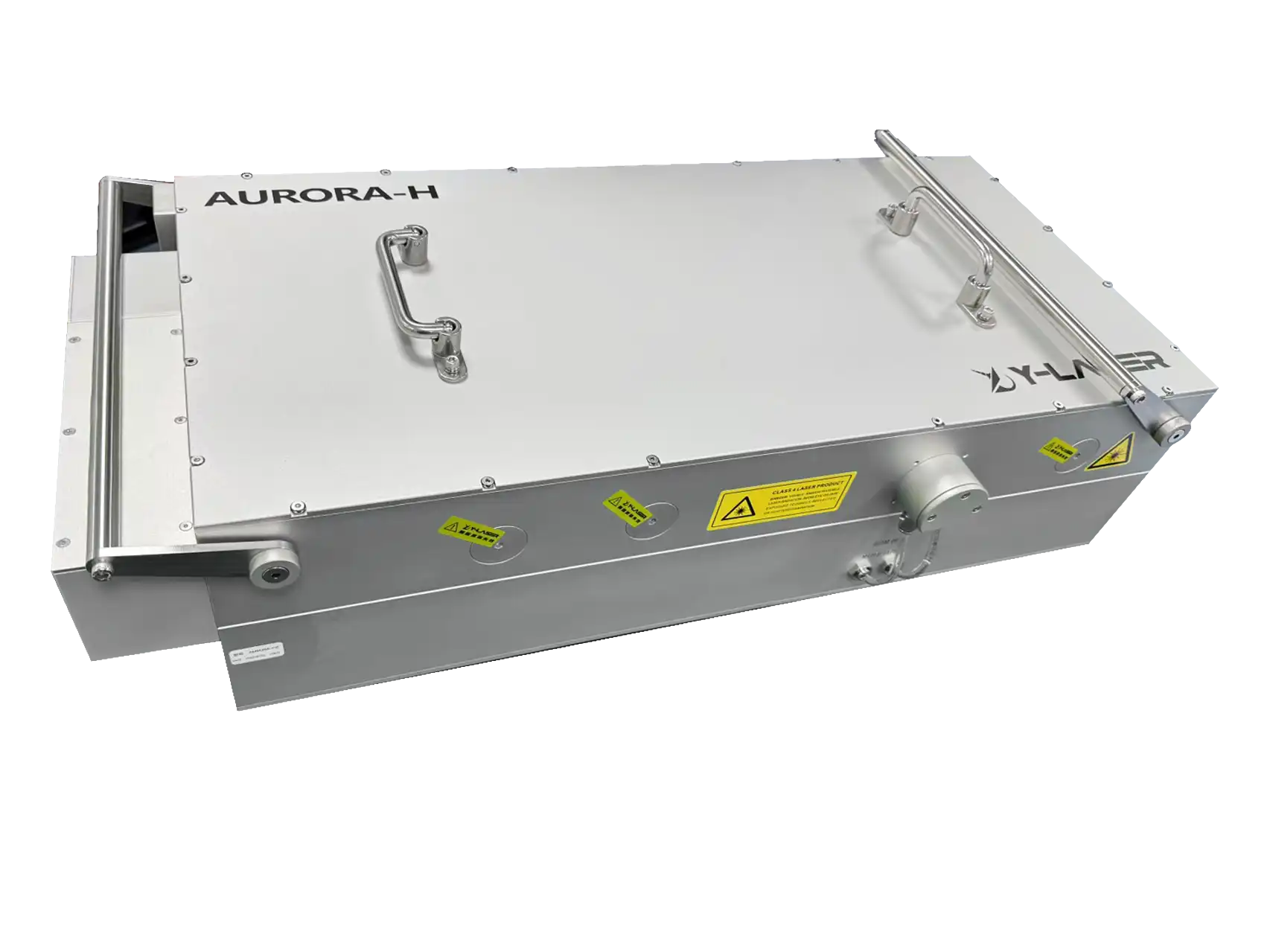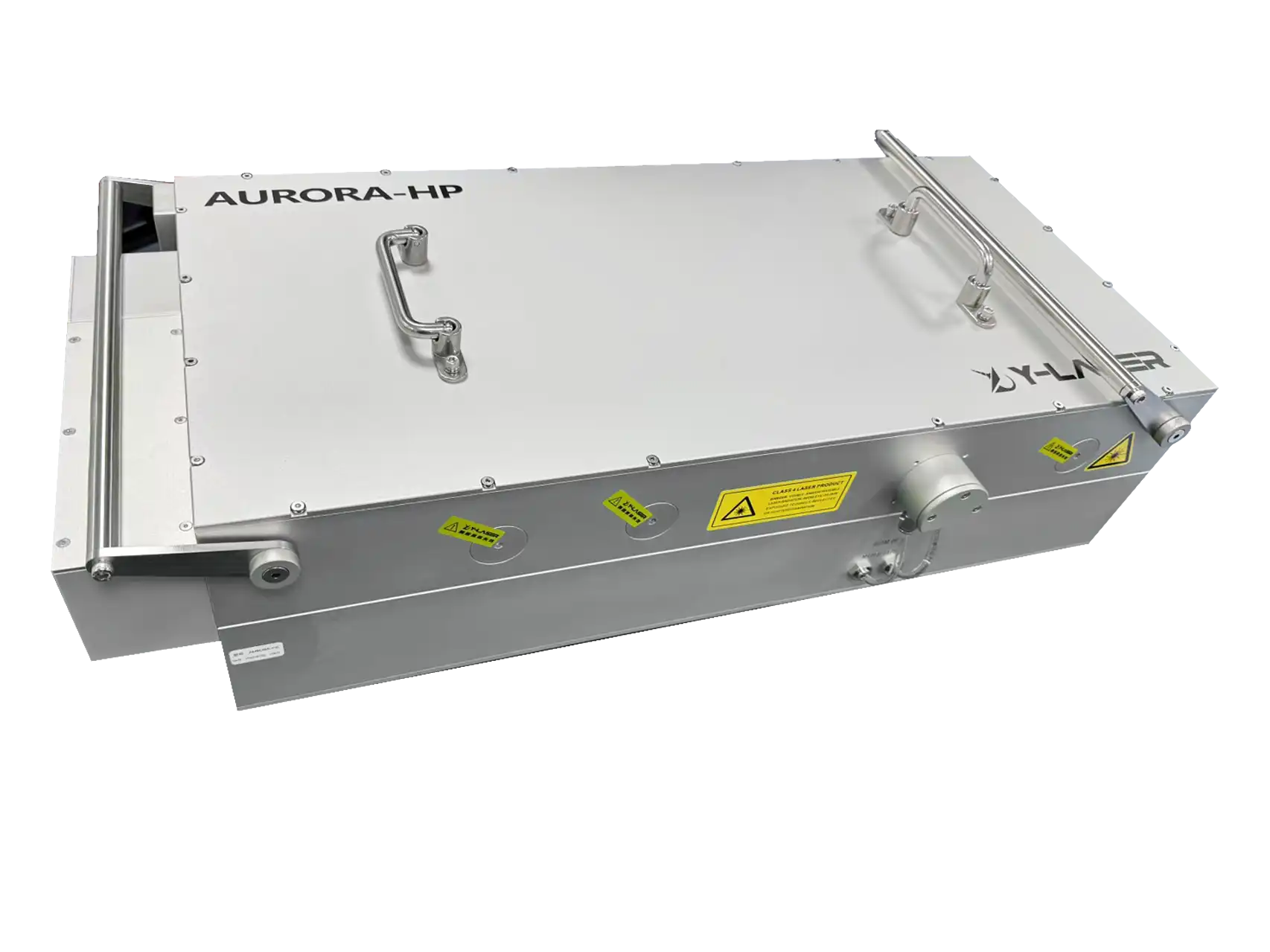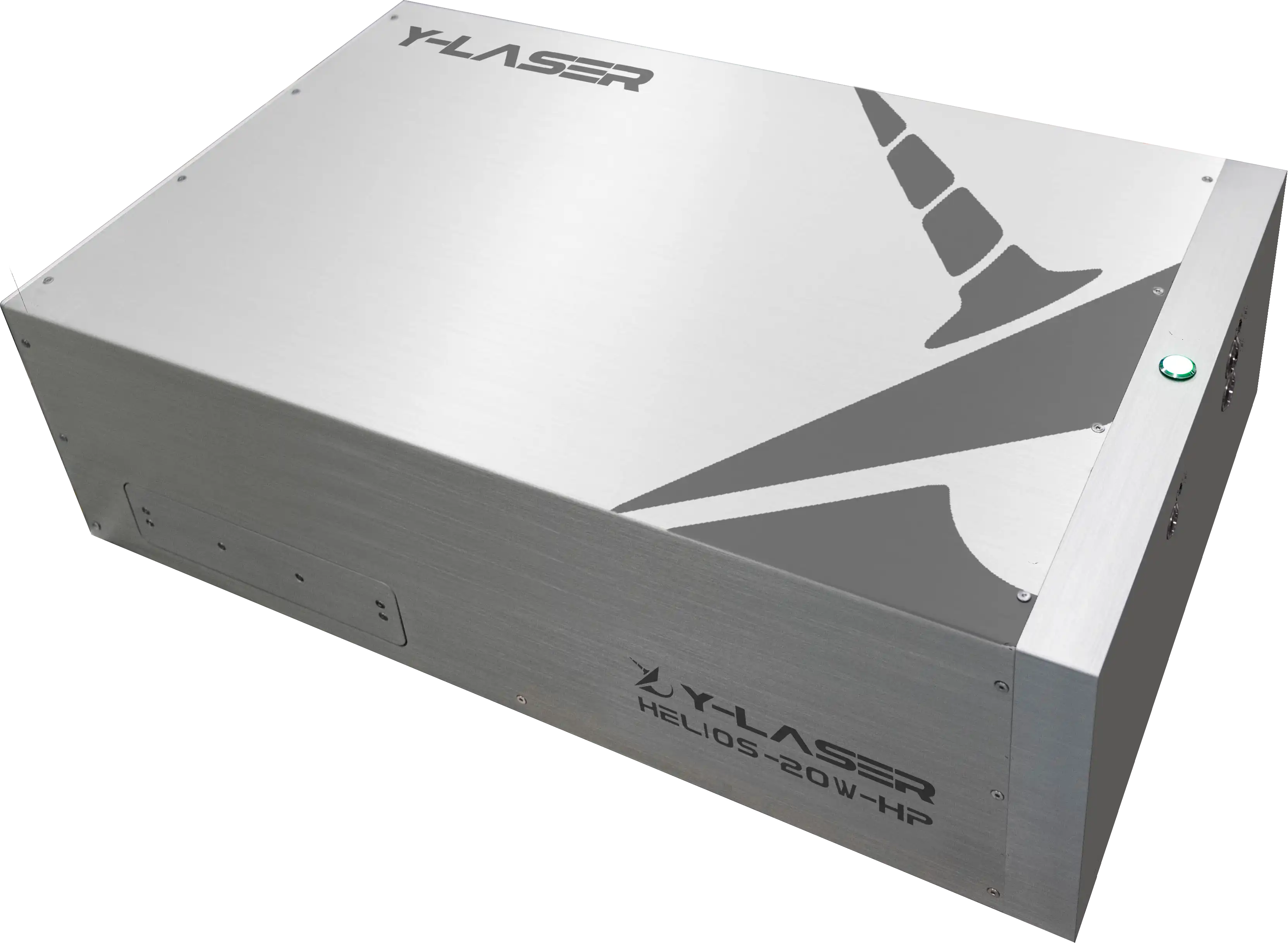Two-Dimensional Electronic Spectroscopy (2DES) is an advanced spectroscopic technique with significant applications in the fields of physics, chemistry, and biology. By using a series of precisely controlled femtosecond laser pulses to excite a sample, 2DES is capable of capturing the complex dynamics and interactions of electronic excited states in molecular systems. This technique constructs detailed two-dimensional spectra that describe the interactions between the electronic states of the sample by measuring the excitation and emission signals at different time delays.
2DES plays a crucial role in the study of photosynthesis, energy transfer, electron transfer, and the electronic dynamics of multichromophoric systems. In particular, in photosynthesis research, 2DES can reveal the complex electronic interactions between photosynthetic pigments, which is vital for understanding how light energy is captured and converted into chemical energy.

In the field of materials science, 2DES technology also demonstrates its significant value. It is widely used to study the electronic properties of organic semiconductors, quantum dots, and other nanostructured materials. By deeply analyzing the electronic dynamics of these materials, 2DES provides a critical scientific foundation for the development of new optoelectronic devices, efficient solar cells, and other advanced technologies based on electron transfer.
2DES technology is crucial for capturing fast electronic processes. The ultrashort pulse characteristics of femtosecond lasers enable 2DES to achieve extremely high time resolution, which is essential for studying processes such as rapid electron transfer and electron-electron interactions. Femtosecond lasers not only provide precise time control but also ensure highly controllable and reproducible experimental conditions, which are vital for generating reliable and accurate two-dimensional spectral data.
The application of 2DES technology is not limited to traditional physics and chemistry fields; it also shows great potential in biological research. For example, in studying the electronic dynamics of biological molecules such as proteins and nucleic acids, 2DES can provide deep insights into the internal interactions and dynamic changes of these molecules.
In conclusion, 2DES technology is a powerful tool that provides valuable insights into molecular spectroscopy, energy transfer research, materials science, and biomolecular dynamics, driving scientific and technological advancements in these fields. As femtosecond laser technology continues to progress, we can expect 2DES to play an even more important role in future scientific research.
References:
Junwoo Kim et al. "Two-dimensional electronic spectroscopy of bacteriochlorophyll a with synchronized dual mode-locked lasers." Nature Communications, 11 (2020). https://doi.org/10.1038/s41467-020-19912-5.
 AI Assistant
AI Assistant


